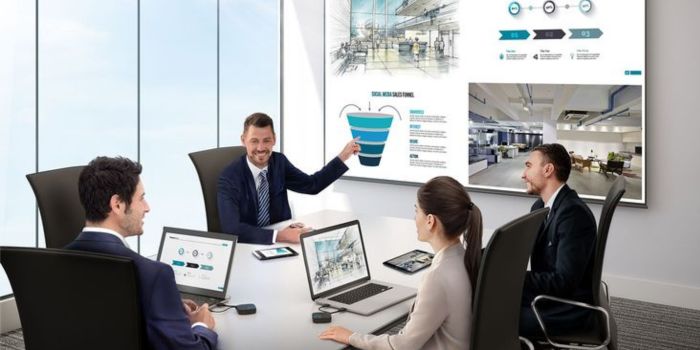
Train Your Employees and Clients to Use Interactive Flat Panel Display
Interactive flat panel display (IFPD) are becoming more popular in various settings, such as classrooms, offices, and conference rooms. They offer many benefits, such as enhanced collaboration, interactivity, and engagement. However, to make the most of these devices, you need to train your employees and clients on how to use them effectively. Introduce the Basics […]




